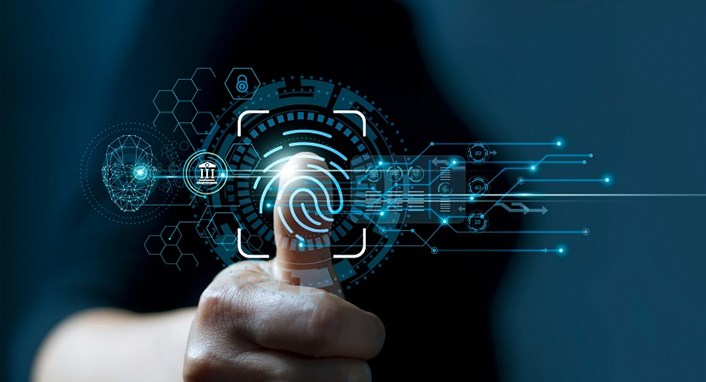
The Future of Biometrics in Banking
The Rise of Biometrics in Banking
In recent years, biometric technology has gained significant traction in the banking industry. Biometrics, such as fingerprint scanning, facial recognition and voice authentication offer a secure and convenient way to verify the identity of individuals.
As the future of banking evolves, biometrics are poised to play a crucial role in enhancing security, improving the customer experience and transforming the way we interact with financial services.
Biometric Authentication for Enhanced Security
Biometric authentication provides a higher level of security compared to traditional methods such as PINs or passwords. By using unique biological traits that are difficult to replicate, such as fingerprints or facial features, banks can ensure that only authorized individuals can access sensitive information and perform transactions. Biometrics eliminate the risk of stolen or forgotten passwords and provide a more secure and reliable means of authentication.
Seamless Customer Experience with Biometrics
Biometrics offer a seamless and user-friendly customer experience. Instead of remembering complex passwords or carrying physical tokens, customers can simply use their biometric data for authentication. This eliminates the need for manual data entry and reduces friction in the banking process, allowing customers to access services quickly and easily.
Biometrics also provide a personalized touch, as customers feel recognized and valued when their unique traits are used for authentication.
The Advantages of Biometrics in Banking
- Enhanced Security: Biometrics offer a higher level of security by using unique biological traits that are difficult to replicate, reducing the risk of identity theft and fraud.
- Improved Convenience: Biometrics eliminate the need for passwords or physical tokens, making banking transactions faster and more convenient for customers.
- Greater Accuracy: Biometric authentication relies on unique biological traits, ensuring accurate identification and reducing the risk of false positives or negatives.
- Fraud Prevention: Biometrics provide an additional layer of protection against fraudsters who attempt to impersonate customers or gain unauthorized access to accounts.
Biometrics Applications in Banking
Biometrics can be applied to various banking processes, including:
- Account Access: Customers can use their biometric data to securely access their accounts through mobile apps, eliminating the need for PINs or passwords.
- Payment Authorization: Biometric authentication can be used to authorize payments, ensuring that only the authorized account holder can initiate transactions.
- KYC (Know Your Customer): Biometrics can enhance the KYC process by verifying the identity of customers more accurately and efficiently, reducing the risk of identity fraud.
- Fraud Detection: Biometric data can be used for continuous monitoring and fraud detection, alerting banks to suspicious activities based on biometric patterns.
The Future of Biometrics in Banking
The future of biometrics in banking is promising, with advancements in technology and increased acceptance among consumers. We can expect to see further integration of biometric authentication in various banking channels, including online banking and mobile apps. As the technology evolves, new biometric modalities and innovative solutions will emerge, providing an even more secure and seamless experience for banking customers.
In conclusion, biometrics have a significant role to play in shaping the future of banking. With enhanced security, an improved customer experience and a wide range of applications, biometric authentication is set to revolutionize the way we interact with financial services.
CRIF is at the forefront of leveraging biometrics in banking to provide a secure, convenient and personalized experience for both customers and financial institutions thanks to its digital onboarding solutions.


